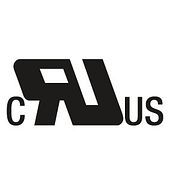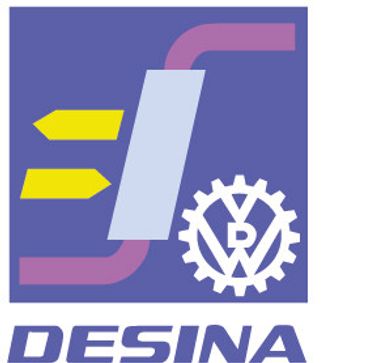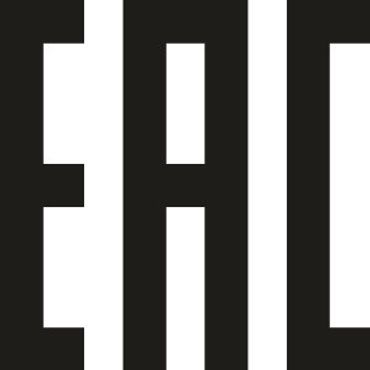chainflex® – meeting cable standards around the world
chainflex® approvals and standards
chainflex® UKCA
The UKCA marking is a labelling requirement for certain technical products.chainflex® CE
chainflex® special cables for energy chains all have the CE markingchainflex® guarantee
Our guarantee promise has been certified by ULchainflex® cURus
The cURus certificate, also known as "UL Recognized" is an approval of the UL institute.chainflex® DNV
DNV certification marks are respected worldwide and stand for trust and reliabilitychainflex® NFPA
The NFPA 79 safety standard is comparable to the European standard EN 60204-1.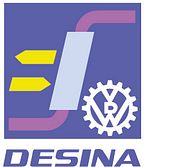
chainflex® DESINA
DESINA is considered the standard for the electrical, hydraulic and pneumatic installation of automated production systems and machine tools.chainflex® RoHS-II
RoHS directives is considered a restriction on the use of hazardous substances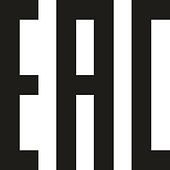
chainflex® EAC
The EAC mark confirms the conformity of the products with the relevant technical guidelines and standards of the EAWUchainflex® UL Listed
The UL Listed seal identifies products that have been tested by UL according to nationally recognized safety and sustainability standards.chainflex® cleanroom
The cleanroom is considered to be a space with a very low concentration of airborne particles.chainflex® REACH
REACH stands for a regulation called Registrations, Evaluation, Authorisation and Restriction of Chemicals.chainflex® RoHS-II
More safety for people and the environment
The abbreviation RoHS stands for Restriction of Hazardous Substances and regulates the use of selected hazardous substances in electrical and electronic equipment, including cables. By complying with this guideline, companies demonstrate that problematic constituents, such as e.g. lead, mercury or phthalates known as plasticizers - have been banned from electronic waste but also from working environments. One example is lead. It occurs in production systems in the form of tin solder on circuit boards, which are built into complex machine systems in a variety of ways. In recent years, materials research has also produced new jacket materials which do not require hazardous plasticizers and thus function flexibly in dynamic applications. Until now, plasticisers have been used in industry mainly where plastics had to remain particularly pliable, soft and elastic in use. igus® develops and tests special jacket materials for use in e-chains in its own laboratory that are RoHS II/III compliant.UL Listed
Cables for applications that can be fully described in a standard are certified as "UL Listed". Example: a cable for a washing machine power supply can be clearly described for its application; therefore a normative description of the application of the cable and the associated test setup can be clearly defined. To certify that the cable is in accordance with "UL Listed" and then to manufacture, test and mark according to "UL Listed". It is not permissible to use a different kind of cable in such a clearly described application in the USA.chainflex® UKCA
Like CE marking for the EU zone, UKCA marking ("United Kingdom Conformity Assessed") is a marking requirement for certain technical products.In doing so, the manufacturer declares that the products are manufactured in accordance with applicable directives or the "United Kingdom" regulations.
UKCA marking is not a seal of approval or sign of quality and was created for trade with the "United Kingdom".
Technical details or further regulations on this are still being developed by the UK government and professional associations.
As a result of the national development of product regulations, it is possible that there will be product requirements that differ from those of the EU and must be complied with by manufacturers and importers wishing to place products on the market in the United Kingdom.
All information: As at 08/2021.
CE conformity
The CE marking makes it clear that the manufacturer of a product such as chainflex® cables complies with the applicable EU directives. The CE marking is not a seal of approval or quality mark and was created for trade in the European Economic Area.
- The CE certification is now based on more than 25 EU directives as of 2020.
- The CE certificate is a kind of voluntary commitment.
- The CE mark on a machine and the corresponding signature confirms that this machine was planned, designed and built in accordance with the applicable standards.
- The CE marking is part of further regulations. These include for instance the Machinery Directive, the Electromagnetic Compatibility (EMC) Directive, the Low Voltage Directive (often referred to as LVD), RoHS substance restrictions and protective equipment etc.
chainflex® Guarantee
The chainflex® guarantee assumes the operating conditions are applicable for the respective cable group. These conditions consist of parameters such as temperature, movement type, torsion, media influence and bend radius.
Your guarantee will cover up to 4 years or ten million double strokes (for cables of the chainflex® 800 family, up to five million double strokes, and for high-end-type cables, up to 40 million double strokes), whichever comes first. The number of double strokes covered by the guarantee depends on the type of installation and the cable quality. These factors are described in the current catalogue, the data sheets and the service life calculator.
We issue a guarantee of up to 4 years on our cables with confidence, as we are able to make reliable predictions about the service life of our cables due to over 30 years of experience and 700 experiments concurrently undertaken in our 3,800m² test laboratory.
UL and CSA
The institution responsible for approval in the USA is Underwriters Laboratories (UL). The Canadian Standards Association (CSA) is responsible for it in Canada. Certification guidelines and certification processes differ in their complexity, depending on the market and country. A so-called Memorandum of Understanding allows use in both countries, regardless of the place of certification. Both testing organisations distinguish between the so-called "UL/CSA Listed" and "UL/CSA Recognized" certification, both of which fulfil normative safety requirements that are verified by test procedures. The UL/CSA Recognized mark is awarded to subcomponents of larger systems, in which case only components that are not intended for a single, installation or application are certified. Cables for applications that cannot be described normatively and completely are then certified according to "UL/CSA Recognized" (AWM).Cables for use in energy chains can be mentioned here as an example: these are so different, complex and diverse that a complete normative description is impossible. This is where the " UL/CSA Recognized" certification is applicable. It allows cable developers a whole range of different combinable options with respect to insulation material, jacket material and design. From this, cable manufacturers ideally form a combination that can be used exactly for a specific customer application, i.e. works.
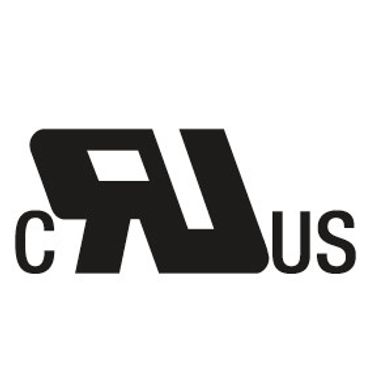
DNV
The maritime economy is developing towards more automation and digitalisation: whether vessel manufacture, shipping companies or the gas and oil industry - ships are becoming autonomous factories, shipping companies are becoming fully-fledged logistics providers and refineries are becoming automated conveyor systems. DNV-GL is responsible for certifications in the maritime environment, offshore facilities, gas and oil pipelines, and onshore applications such as wind, tidal or solar energy. The classification society was formed in 2012 through the merger of the Norwegian company Det Norske Veritas (DNV) and Germanischer Lloyd (GL). The components used in maritime environments have to meet different requirements than those of classic factory automation on land. This requires a separate approval for the operation of these components. The certification society checks compliance with international standards and guidelines, which are applied accordingly to these components. If existing regulations or standards do not describe the application sufficiently, additional testing measures are defined or developed. If products have DNV approval, it simplifies and speeds up their use in the maritime sector, as it is not necessary to test individual components.
NFPA
The US National Fire Protection Association (NFPA), is a non-profit organisation that has been active in fire protection since 1896. NFPA publishes numerous safety standards, including electrical standards used in the USA today. These include the standard "NFPA 79 - Electrical Standard for Industrial Machinery". The subject of the standard is primarily the correct application of electrical systems in industrial machinery and equipment used in the USA. With the help of the standard, designers can develop safe machines with the highest level of protection for operating personnel.DESINA
DEcentralised and Standardised INstAllation technology is a recommendation of the German Machine Tool Builders' Association (VDW) for the standardisation of components, interfaces and connection systems. DESINA describes a comprehensive overall concept for the standardisationand decentralisation of the fluid and electrical installation of machines and systems.
EAC
EAC (Eurasian Conformity) is a testing standard that is binding for components to be exported to Russia. The proof of compliance with fire protection regulations for Russia, Kazakhstan and Belarus (previously covered by CTP), is now integrated in the EAC certificatesCleanroom cables
A cleanroom is an enclosure that is essential for sensitive products. This are necessary in industries such as semiconductor production or in medical technology. In these rooms the air is cleaned of the smallest particles. For this purpose there is a classification, which describes how many particles per m³ volume may be in the room.
A cleanroom certificate states how many particles are emitted by a product into the ambient air during normal operation. In this case, the fewer the particles, the higher is the quality of the product. For cables, igus® collaborates with the IPA Institute, where the components are tested for this release in standardised motion sequences in an e-chain® and there is a clear statement on the purity class.
